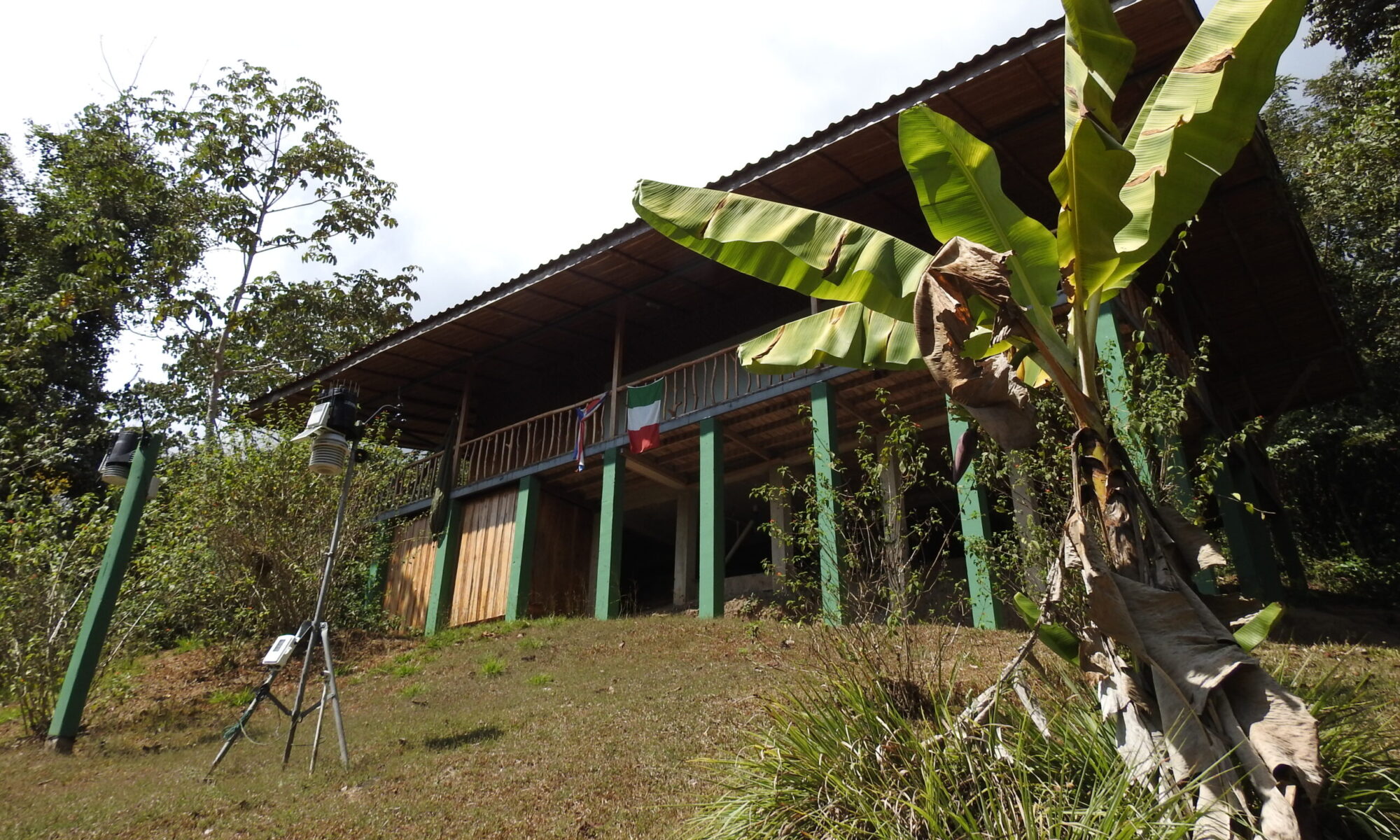Knowledge and conservation of biodiversity are the main objectives of a protected area. Scientific research and constant monitoring are the most appropriate tools to do this.
“Wild species, increasingly threatened by habitat loss, will depend on organized protection for their survival. In the long term, this is only possible if they can constantly be evolving within natural communities within protected areas … “ Otto Frankel, 1970
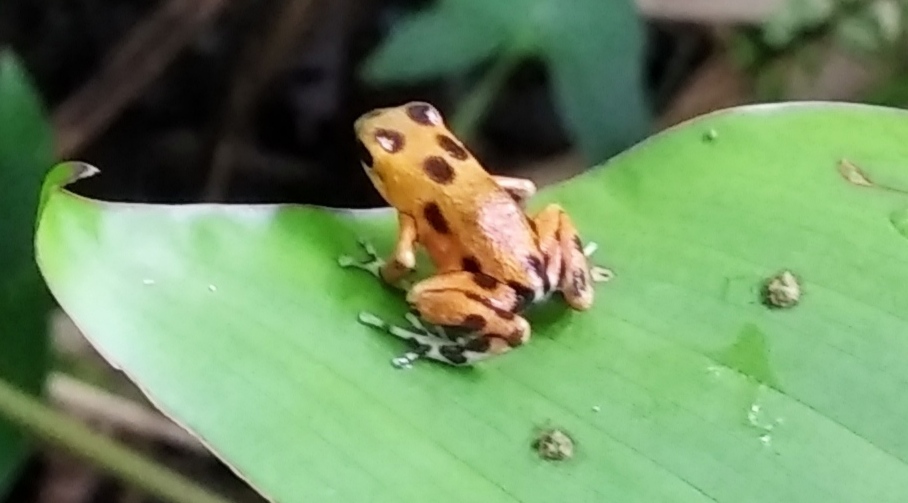
Even today we continue to face the loss of biodiversity outside and unfortunately also within protected areas around the world and this also happens in Costa Rica. The data are worrying, almost one million animal and plant species are in the process of being extinction and since 1900 in most terrestrial habitats the abundance of native species (i.e. species that originated and evolved in the territory in which they are located), has decreased by at least 20%. If we consider that today in Costa Rica about 92,000 species are known compared to an assumed number of at least 500,000 living organisms, the risk of losing them even before they are known is relatively high.
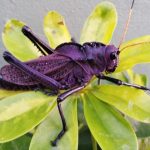
It is worth mentioning once again the main threats to the survival of biodiversity:
– Habitat loss, degradation and fragmentation: agricultural expansion, extractive activities (deforestation, mining …), industrial aquaculture, urban development, infrastructure, erosion, fires, lack of sufficient biological corridors.
– Over-exploitation of wild species: hunting and gathering, legal and illegal exploitation beyond the population’s ability to repopulate (for example, overfishing or felling of primary forest trees, in many cases still permitted by current regulations).
– -Pollution: excessive use of pesticides, mining, industrial and urban waste, excess fertilizers.
– Climate change: mainly caused by the increasing release of greenhouse gases resulting from the combustion of petrol and fossil gases and the destruction of forests.
– Invasive species: they spread inadvertently across the planet and become competitors, predators or parasites of native forms.
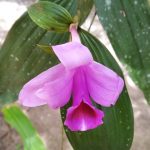
– Intrinsic factors of the species: poor dispersion, poor recruitment, insufficient specialization …
– Unfortunately, there are still little known impacts on biodiversity, such as the inappropriate use and disposal of plastics, waste water and the pollution of continental waters and marine-coastal areas, which are exacerbated by climate change.
In November 2021, the 1st Scientific Congress on Biodiversity and Conservation organized by some Costa Rican universities took place in Costa Rica.
Some interesting and well-indicative conclusions have been reached which can also be considered by the Karen Mogensen Reserve because there are challenges in both management and research, not only for biophysical issues, but also for governance issues.
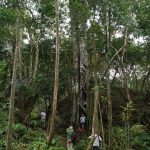
It was agreed that for biodiversity conservation, a continuous monitoring and evaluation system is needed to identify the specific threats of each situation, their magnitude and implications for management, both in public and private conservation areas.
For this purpose, it is necessary to define a priority process in the direction of the research. This priority setting should focus on key issues related to the conservation and management of biodiversity and the ecosystem services it supports. That is why it is crucial to establish a clear difference between biodiversity research and conservation research, even though there is obviously a relationship between them and both are fundamental.
The Research Center of the Karen Mogensen Reserve through the Bioclimatic Research Station in this sense proposes itself as a virtuous example: on the one hand biodiversity as such is studied by identifying the animal and plant species present and their biological characteristics and on the other, these data allow us to investigate what are the best conditions for their conservation, placing them in a general ecosystem context, such as the importance of having the largest possible forest areas, abundant and permanent waterways and constant monitoring for their protection.
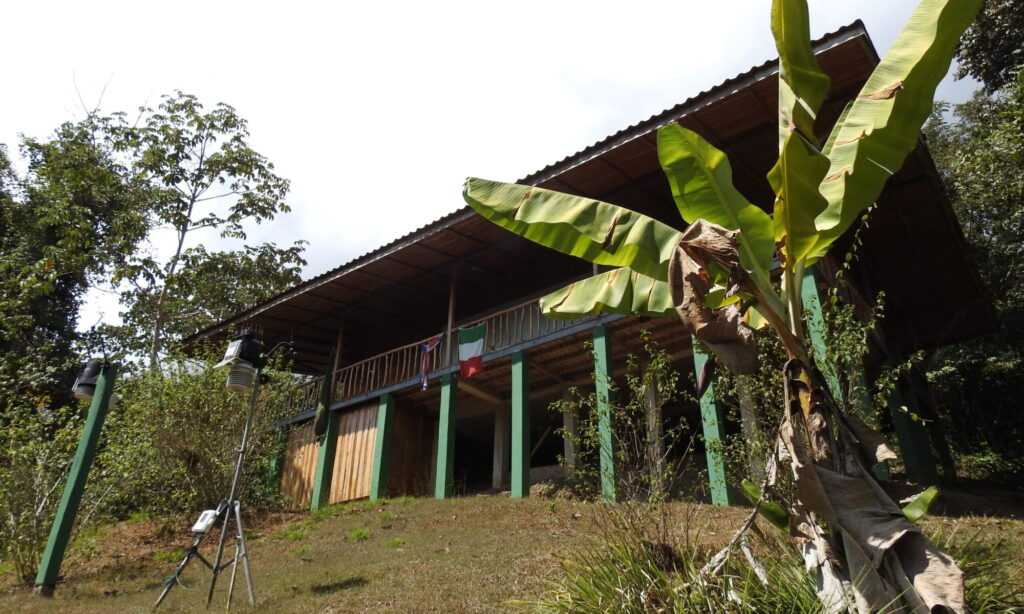
Good biodiversity conservation conditions guarantee a resilience capacity of the ecosystem as a whole, let’s think about the effects of climate change: there is already unequivocal information on what could happen in the next 30 years globally. At the Bioclimatic Station of the Reserve we have already been collecting meteorological data for several years with the collaboration of our partner the meteorologist Luca Lombroso, of the Engineering Department of the University of Modena and Reggio Emilia. A medium to long-term processing of data will make it possible to link this information to studies of the possible impact on the biodiversity of the Reserve and ascertain whether a good ecosystem in equilibrium can mitigate it or if it will be necessary to design more adequate adaptation strategies.
Some data presented recently at the last Glasgow Climate Summit relating to the problem of possible drought in Costa Rica in the coming years, presented through predictive maps, show that, in the Nicoya Peninsula, in the area where the Karen Mogensen Reserve is
located, thanks to its woods, it will have maintained a much higher level of humidity than in other parts of the country and this is a great comfort and support to the effort we are making.
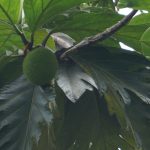
What Asepaleco is implementing for the Karen Mogensen Reserve with the help of Foreste per Sempre, for the conservation of biodiversity and the ecological and social well-being of the region, should be well understood and better supported, also financially, by the local population and institutions. but more generally by the international community.
Foreste per Sempre through the donations of its members and supporters is doing its part and we hope that this sensitivity will remain and continue. In fact, let’s not forget that from the areas bordering the Karen Mogensen comes a constant threat to an unsustainable type of agricultural development and to the advancement of teak plantations, for which the urgent need, where possible, to expand the Reserve is well justified by acquiring new lots and in this aim, to continue, with the help of everyone, in the campaign of finding and raising funds for the purchase of new land to be reforested and conserved… forever!
Prof. Dario Sonetti,
Scientific Director of the Bioclimatic Research Station of the Karen Mogensen Reserve – Costa Rica
